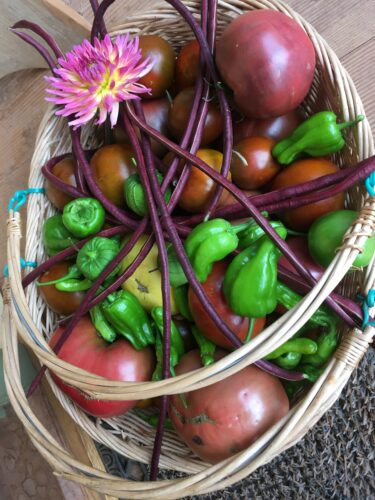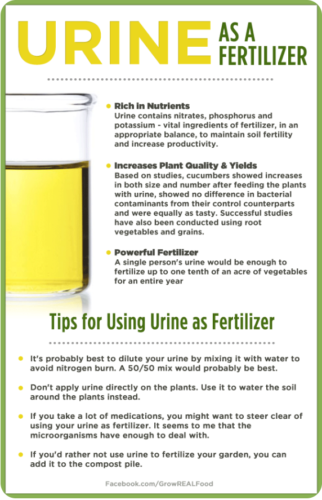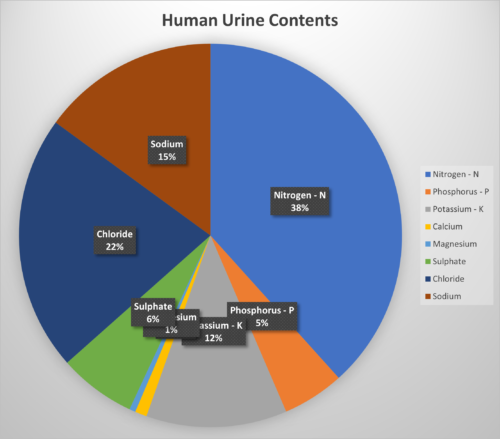This article was written by guest-writer Barbara Roemer from Lost Hill Farms in Nevada City, California. Barbara is also an SEG solar customer and former teacher of 2 of our employees!
Gee, Whiz!



IT’S PLANTING TIME! Many of you waited out our recent frosts and are planting your hot season vegetables: tomatoes, eggplant, peppers, corn, cucumbers, melons, squash, potatoes, and beans, as well as new successions of lettuce, kale, cabbages, carrots, beets. Probably you amended your soil before you planted – compost or even fertilizers….NPK? Nitrogen, phosphorous, potassium? You may have had a soil test done, too, but whether you did or not, you’d likely find your soil to be in need of nitrogen. N generally leaches out with winter rains and even with irrigation. All the veggies above are at least light feeders, except for beans, and many are heavy feeders.
How will you provide more nitrogen through our long growing season?
One option is to spend between $1 and $2.50 per pound for fertilizer, twice per year. The highest nitrogen content of packaged fertilizer is about 12%, so if you buy a 100 pound sack of blood meal, it contains about 12 pounds of actual nitrogen. You’d apply that at 2-3 pounds per hundred square feet, at a cost of $4-$6, depending on volume pricing. But you’d have bought ONLY nitrogen….You still may need to add phosphorous and potassium.



FREE FERTILIZER??
What If you discovered you have an in-house, readily available, infinitely renewable source of nitrogen? You do! Your own urine! Each time you pee, which for most people is about five times per day, you produce nitrogen which is readily available to plants. Your daily pee, anywhere from a quart to half gallon, produces from about 0.15 to .3 ounces of nitrogen per day. To put it in perspective, one mature fruit tree needs about one pee per day beneath it for the whole year. Or, one day’s pee could fertilize ten square feet of your veggies. And you probably only need to fertilize them about twice per season. Our veggie garden is large – about 40′ x 80′, or 3200 sq feet. That means that with their own urine, one person could fertilize the whole garden completely once per year. Clearly, I need to enlist other family members! Or, I could spend about $150, for one fertilization per year using corn, crab, alfalfa, or blood meals. And I need to fertilize twice yearly….
IS URINE A BALANCED FERTILIZER?
Some nitrogen fertilizers also contain P and K. Blood meal has only N, whereas urine has a ratio of 10-1-4, and contains some magnesium and calcium as well as sulfur. Urine is a well-balanced, high nitrogen fertilizer.



HOW TO APPLY URINE
Urine is pretty concentrated, so most sources recommend diluting it 1:10 urine to water. Apply it in a soil drench without getting it on the plant leaves. Pour the diluted urine into a trench around established plants at their drip line. If you do get it on leaves, just rinse off the plant to avoid leaf burn. You can pee into a cut down milk jug, and then you’ll want to apply the golden liquid daily or pour it into a jug with a lid if you are storing it, because it gets very smelly after a few days. If you want to fertilize fruit trees, pee directly on a different one every day or use your daily dilution to surround the tree.



IS IT SAFE??
Urine can be stored for 1-6 months to kill any pathogens contaminating it, but for the average family just peeing in a jug or two, that’s not a concern. Urine is not sterile, containing some bacteria, but unless it’s contaminated with feces, it is unlikely to contain any pathogens. Don’t collect urine if you have an infection or you are taking prescription drugs. No crops should be fertilized with anything for at least a month before harvest.
Editors addition: below is a video showing a comparison for fertilizer, not scientific, but…
ENVIRONMENTAL BENEFITS
Most nitrogen, phosphorous and potassium are mined from limited resources. Fertilizer sources need to be collected, packaged in plastic, transported and warehoused. In the case of potassium, the US imports 85% of what it uses. That’s a big energy footprint eliminated when you just pee in a bucket! Using pee as your fertilizer means you conserve water (fewer flushes) and waste water treatment where urine is mixed with feces. Because you will be aware of how much urine you need to put on, you’ll be avoiding excess runoff from fertilizers which result in ocean dead
zones and algal blooms.
LIQUID GOLD REGENERATIVE GARDENING
Close the resource loop. Save money. Create fertility. Do your part for the planet. Fertilize with that rich, truly homemade pee!



##
Editor’s note:
The author, a retired teacher, recently learned that a couple of her students are part of SEG. (Our President and our Electrician!) How to she find this out?
While talking in the office about pee are fertilizer (yes we do that at SEG!), our electrician remembered a study he had with the author when he was a child, 25 years ago, when he learned about the viability of fertilizing with urine and how it could save resources. To our smiling amazement, the author, who we came to find out is also a solar customer with SEG, had an everlasting effect on one of her students to this very day! For that we want to say thank you to Barbara and to all the teachers helping cultivate the next generation of doers and thinkers who’s work is now creating a better future for us all!
More resources:
In depth analysis of human urine: www.livingwebfarms.org/waste-not-urine/


